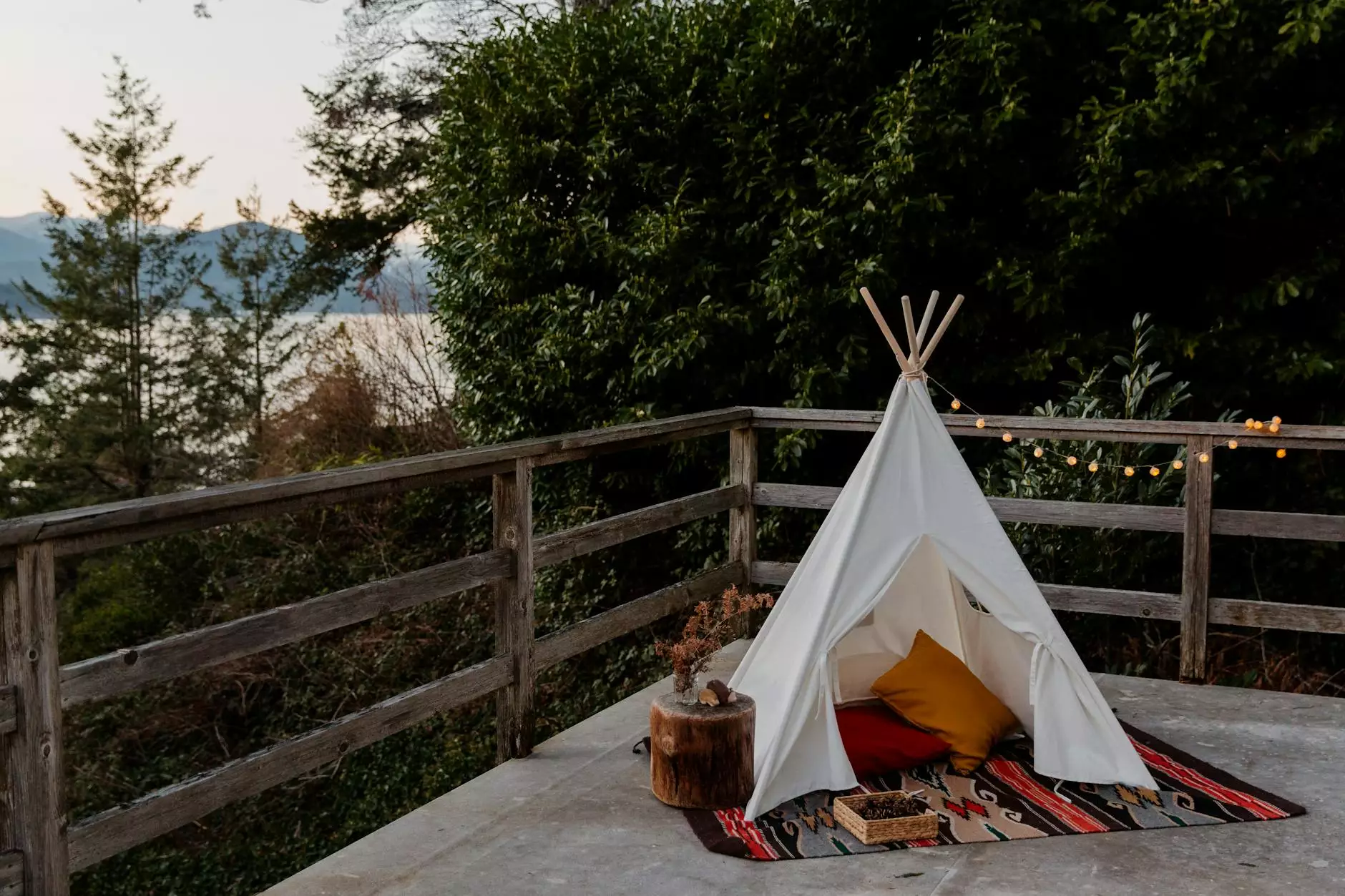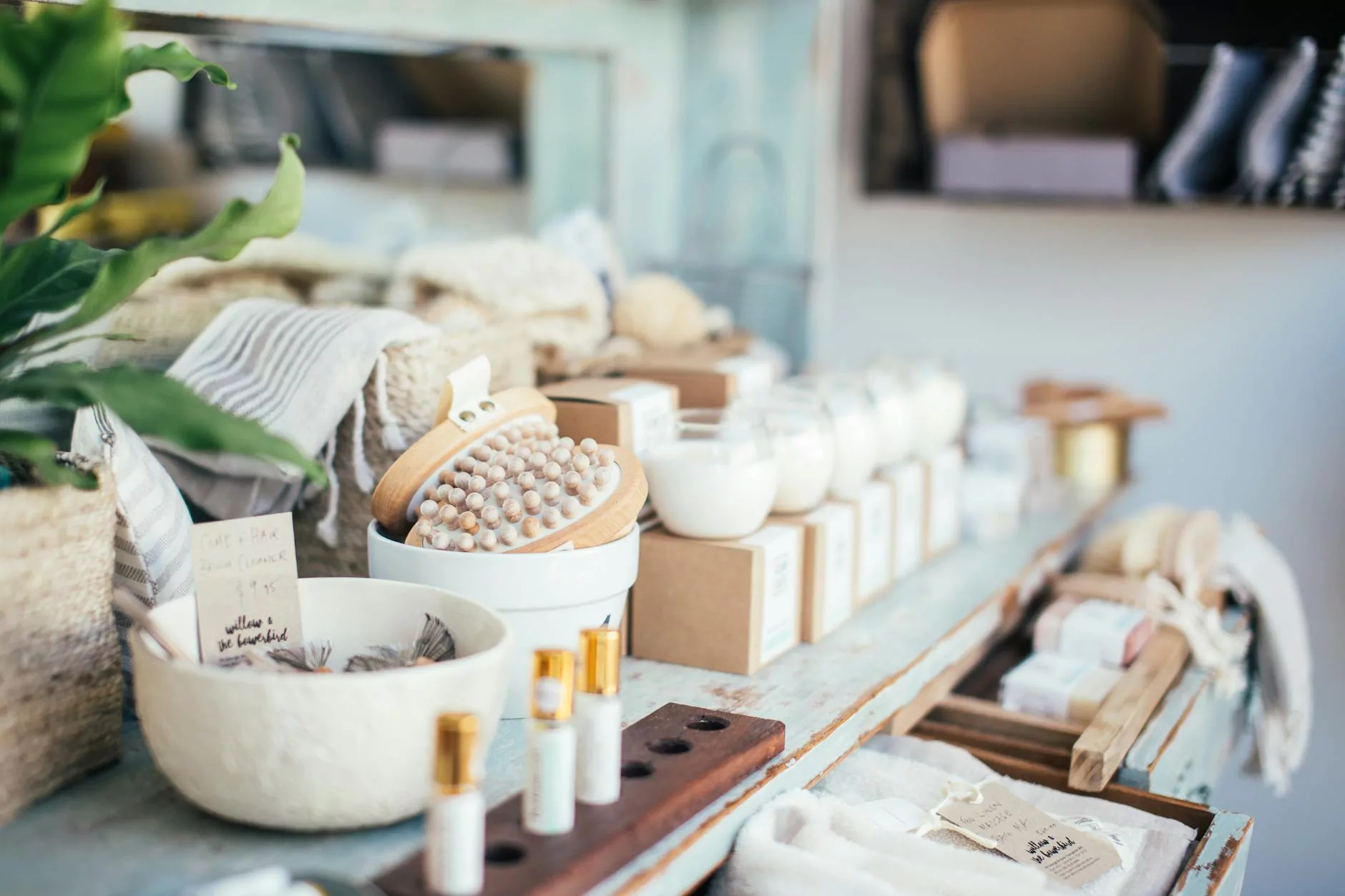Unveiling the Charm of 1970s Bohemian Fashion

The 1970s bohemian fashion movement was not just a style; it was a cultural revolution that spoke to the hearts of a generation. Rooted in freedom, creativity, and individuality, it represented a lifestyle that embraced artistic expression and defied conventional norms. Let’s take a detailed journey through the vibrant tapestry of this iconic fashion era, exploring its origins, key elements, and its enduring influence on modern fashion trends.
The Origins of Bohemian Fashion
The roots of bohemian fashion can be traced back to the late 19th century, when artists, writers, and intellectuals sought to escape the constraints of bourgeois society. However, it was during the 1970s that this aesthetic truly blossomed, coinciding with a period of significant social change. The counterculture movement, characterized by the peace and love ethos, prompted a shift towards greater personal expression in all forms, especially clothing.
Historical Context
The 1960s laid the groundwork for the bohemian style that emerged in the 1970s, with movements such as the hippie culture advocating for peace, love, and a return to nature. As this culture gained momentum, the fashion of the time reflected a love for vibrant colors, flowing silhouettes, and eclectic patterns.
Key Elements of 1970s Bohemian Fashion
At its core, 1970s bohemian fashion is characterized by an array of distinctive features that come together to create its unique vibe. Here’s a closer look at some of the most iconic elements:
1. Vibrant Colors and Patterns
The 1970s bohemian aesthetic embraced a kaleidoscope of colors—from earthy browns and greens to rich jewel tones. Patterns like paisley, floral prints, and ethnic motifs were prevalent, often used in unexpected combinations. This was a time when fashion was a canvas for individual expression, reflecting a commitment to creativity.
2. Flowy Silhouettes
One of the most recognizable traits of bohemian fashion is its loose, flowing silhouettes. Maxi dresses, peasant blouses, and wide-legged pants became staples, allowing for comfort and ease of movement—attributes highly valued by the free-spirited individuals of the era.
3. Earthy Textures
Natural fabrics such as cotton, linen, and suede were the go-to materials, adding to the organic feel of the style. Fringes, crochet, and embroidery featured prominently, enhancing the artisanal quality of bohemian pieces.
4. Accessories That Make a Statement
No 1970s bohemian outfit is complete without the addition of striking accessories. Chunky jewelry, often adorned with beads and gemstones, oversized hats, and layered scarves embodied the boho spirit. Footwear like sandals and clogs further accentuated the relaxed yet stylish look.
The Cultural Influence of 1970s Bohemian Fashion
The impact of 1970s bohemian fashion extends far beyond the realm of clothing. It became emblematic of a revolutionary spirit—championing artistic endeavors, freedom of expression, and a connection to nature. This style was not just about aesthetics; it represented a lifestyle choice.
Music and Art
Musicians like Janis Joplin and the bands of the Woodstock era became icons of bohemian style, using their platforms to spread messages of peace and love. The synergy between music and fashion made the bohemian look synonymous with the counterculture movement, cementing its place in history.
Social Movements
The 1970s were also a time of activism, with the feminist movement and environmentalism gaining momentum. Women used fashion as a means to express their identities, while sustainable fashion began to take root, with many favoring handmade, vintage, and thrifted pieces over mass-produced alternatives.
How to Incorporate 1970s Bohemian Fashion into Your Wardrobe
One of the best aspects of 1970s bohemian fashion is its versatility and ability to blend with modern styles. Here are some tips for integrating this iconic look into your contemporary wardrobe:
1. Start with Basics
Begin with key pieces like a flowy maxi dress or a vintage-inspired blouse. Opt for earthy colors or vibrant prints that resonate with the bohemian palette. Pair these with denim for a balanced look that’s easy to achieve.
2. Layer Wisely
Layering is crucial in bohemian fashion. Think oversized cardigans, kimonos, or shawls. Not only do they add texture and depth, but they also allow for versatility in your outfits.
3. Accessorize with Purpose
Go bold with accessories. Chunky necklaces, stacked rings, and oversized bags can elevate your outfit. Remember, each piece should tell a story or hold sentiment—just like the fashion of the 1970s.
4. Footwear Matters
Choose comfortable yet stylish footwear. Think of leather sandals, ankle boots, or even woven espadrilles to complete the look. Your shoes can either complement the bohemian vibe or serve as a statement piece on their own.
Modern Interpretations of 1970s Bohemian Fashion
Today, many fashion designers are reinterpreting the essence of 1970s bohemian fashion for the contemporary market. High-end fashion houses alongside affordable retailers are embracing this aesthetic, making it more accessible than ever.
1. Haute Couture Meets Boho
High fashion has seen a resurgence of bohemian patterns and styles, with designers incorporating flowing shapes and detailed embroidery into their collections. Luxury brands often blend modern silhouettes with bohemian prints, creating a fresh yet nostalgic appeal.
2. Fast Fashion Adaptations
Fast fashion brands now regularly feature bohemian-inspired collections. Shoppers can find affordable versions of iconic pieces, making it easier to adopt this timeless style without breaking the bank.
The Enduring Legacy of 1970s Bohemian Fashion
The 1970s bohemian fashion movement reminds us of the importance of individuality, creativity, and freedom of expression. Its rich history and vibrant aesthetics continue to inspire designers and fashion lovers today.
As we embrace 21st-century trends, the influences of the past serve as a reminder of the power of fashion as a form of self-expression and a vehicle for social change. Whether you’re attending a festival, going to brunch with friends, or simply lounging on the weekend, incorporating elements of this iconic style can turn an ordinary day into an expression of who you are.
Conclusion
In a world where fashion often leans toward the homogenous, the 1970s bohemian fashion aesthetic stands out as a vibrant testament to a time when freedom and creativity were paramount. By embracing this style, you not only pay homage to a storied past but also make a bold statement about your identity today.
For more about stylish women's clothing and the latest trends in bohemian fashion, visit terraofheaven.com.



